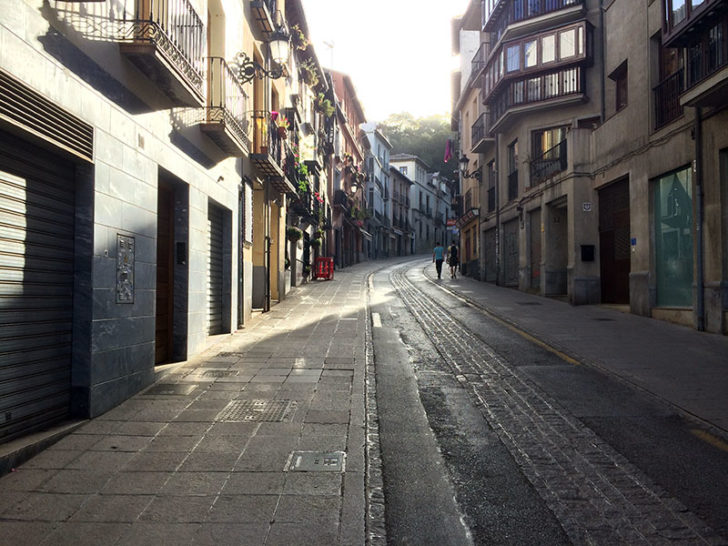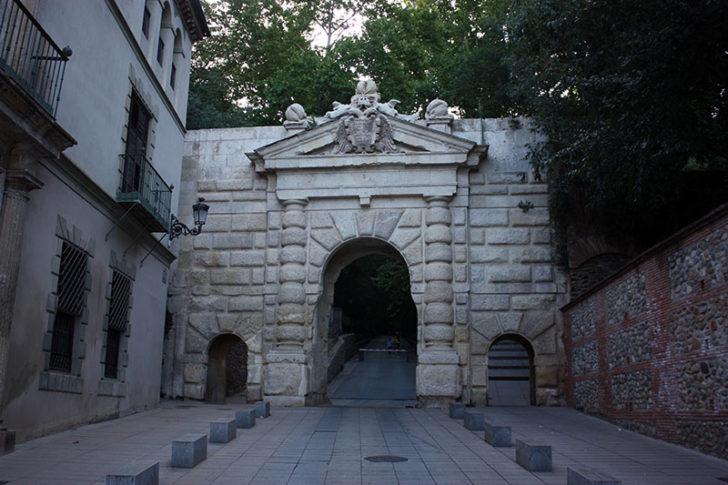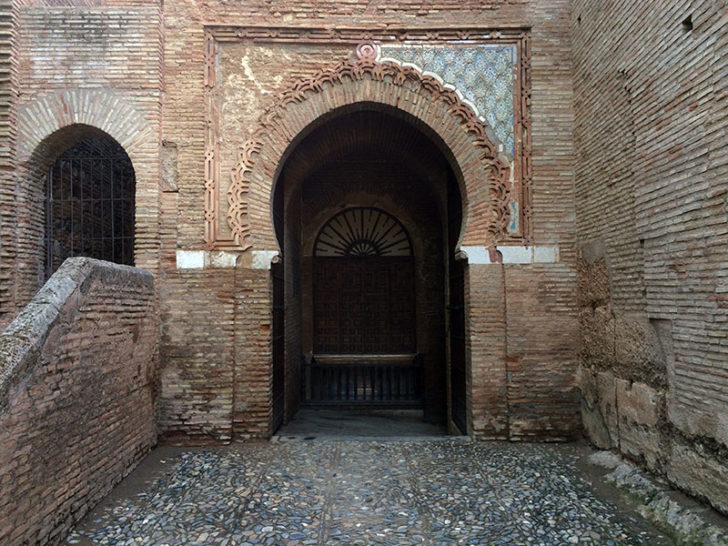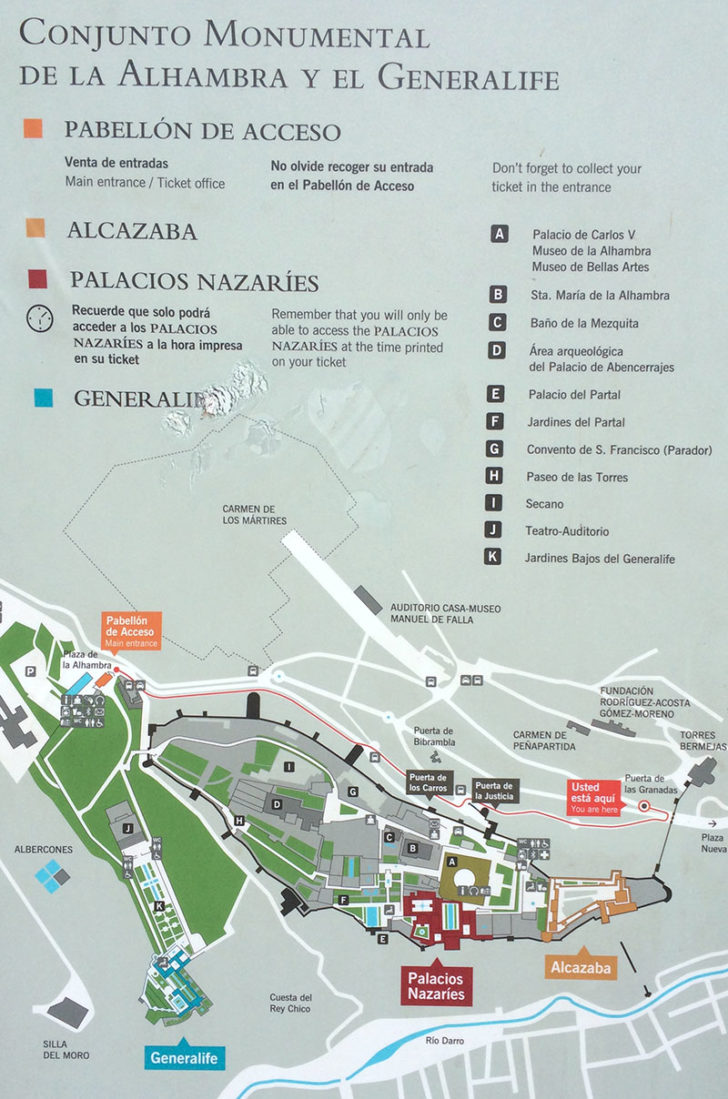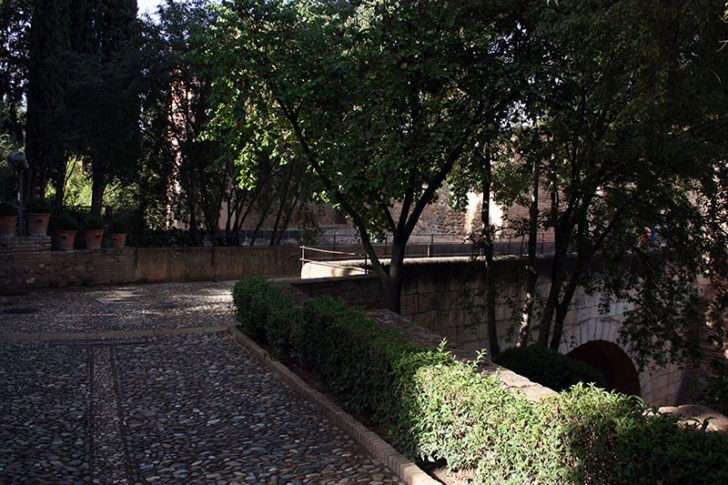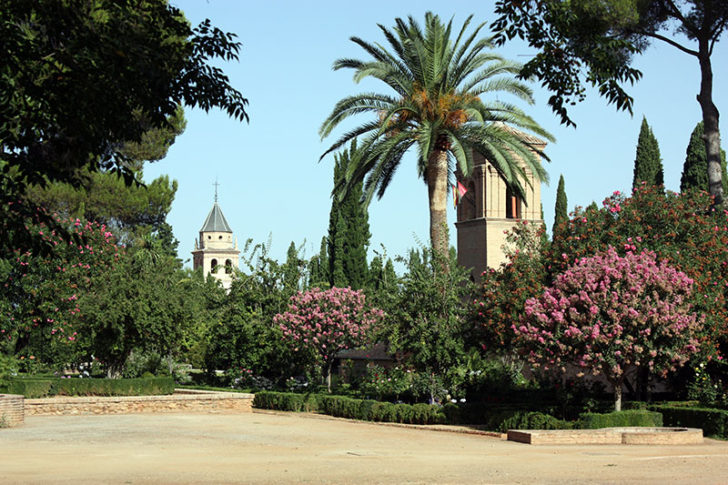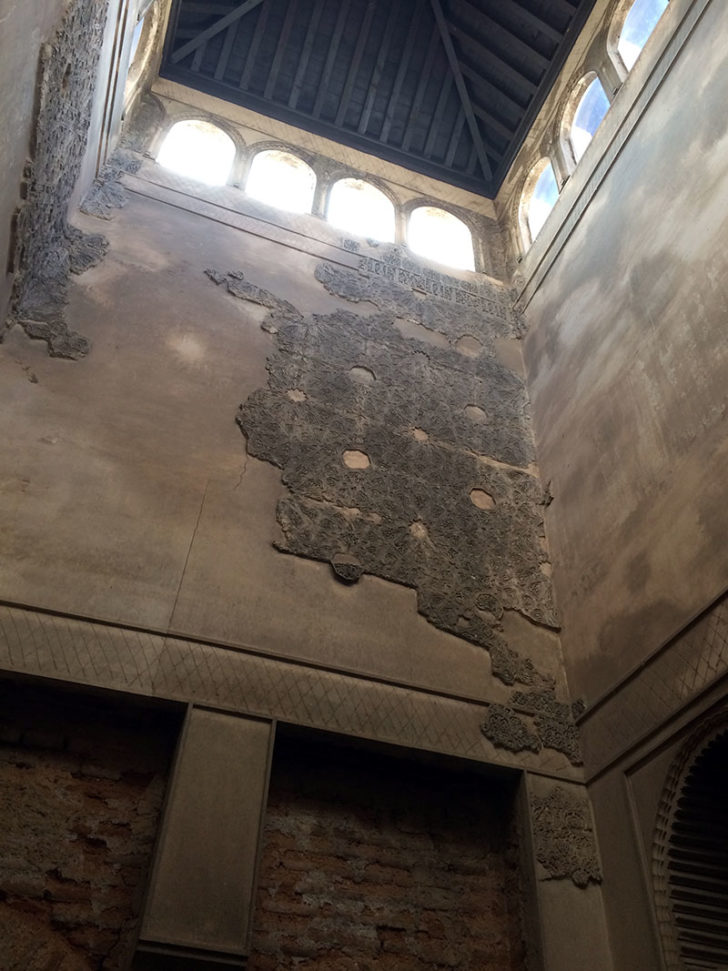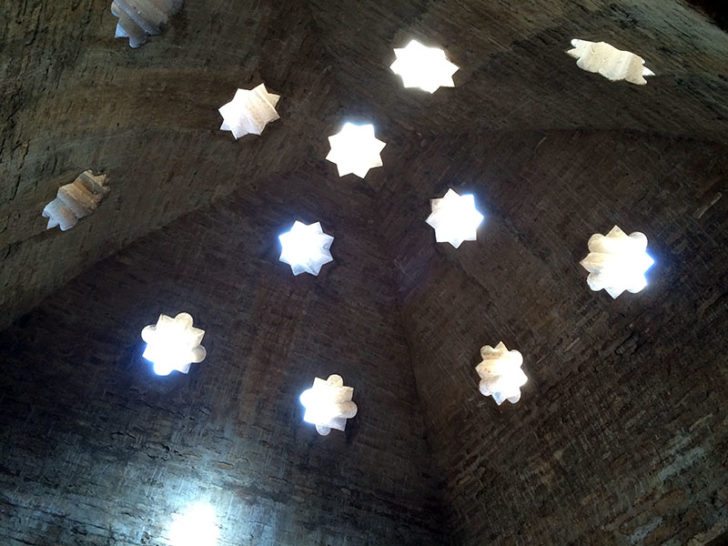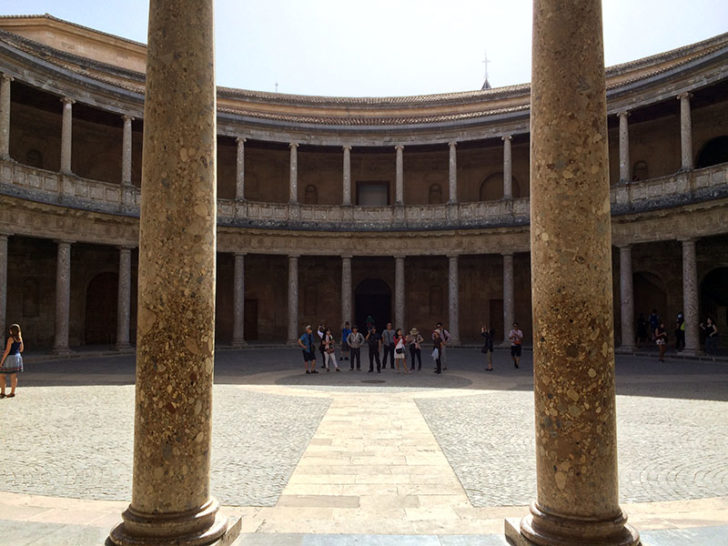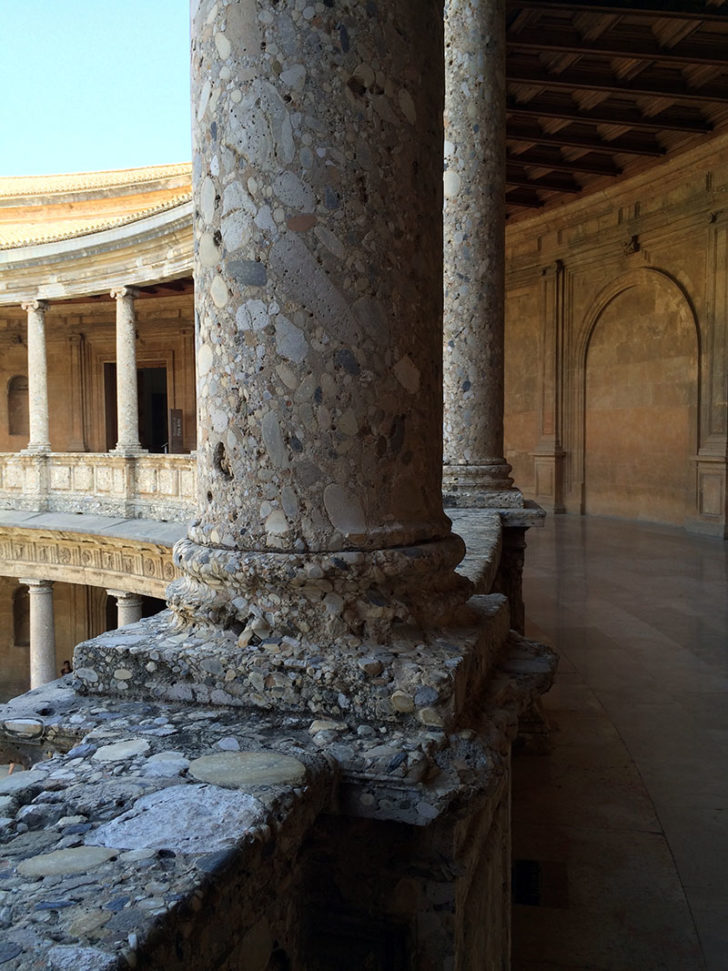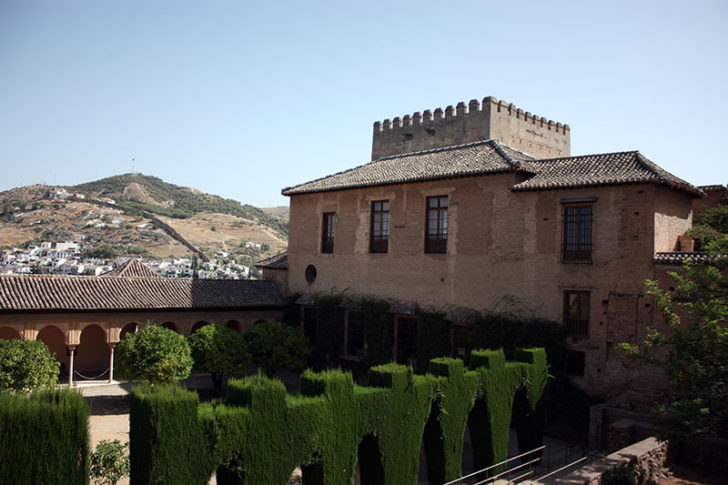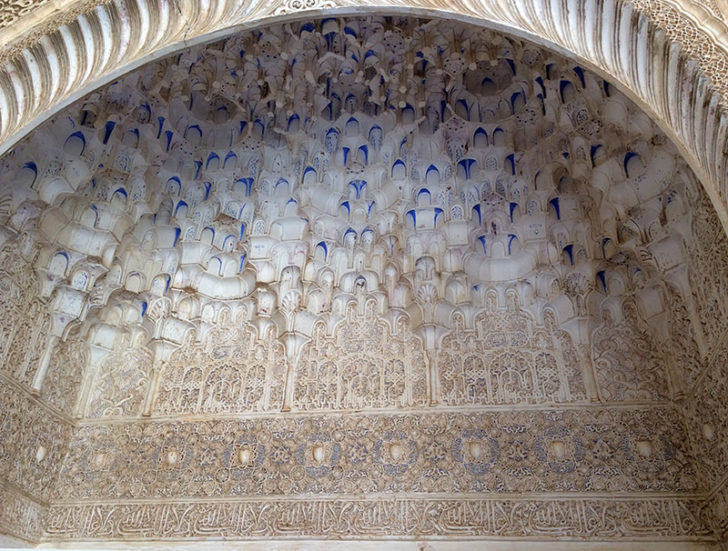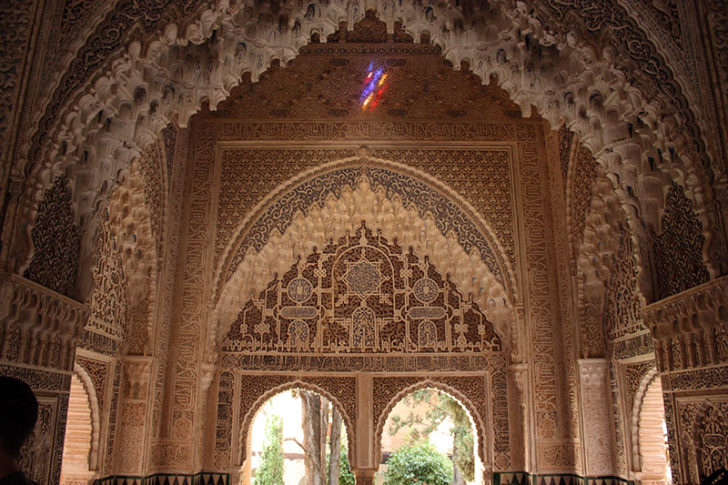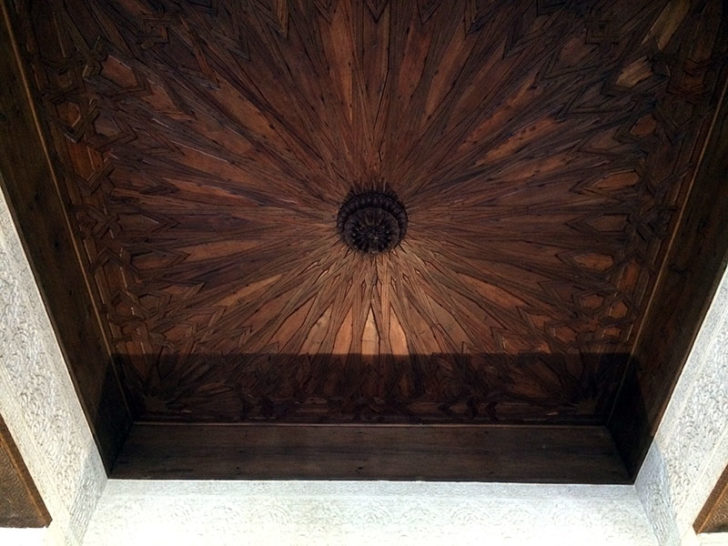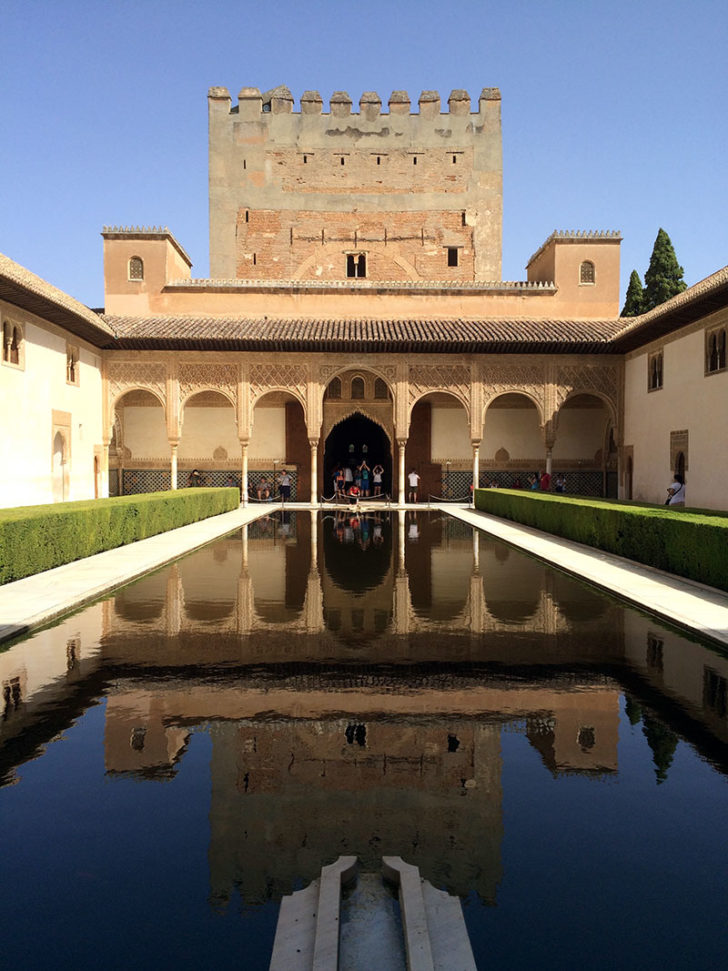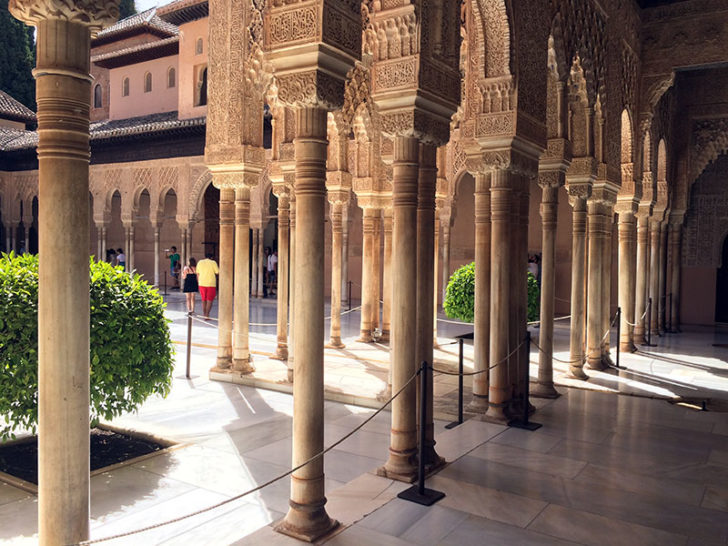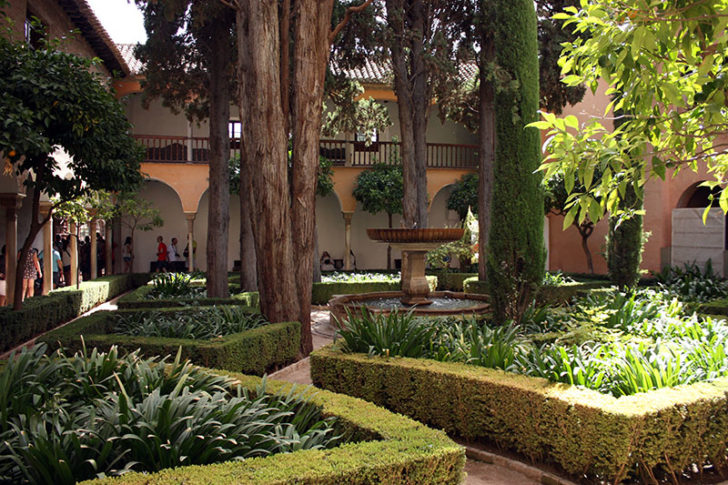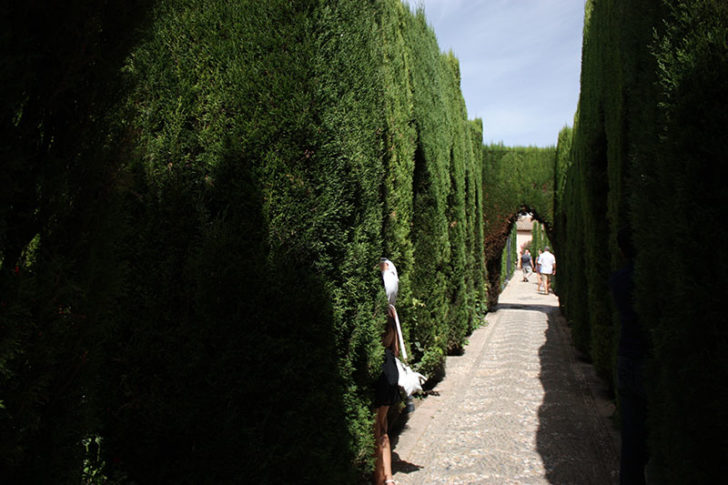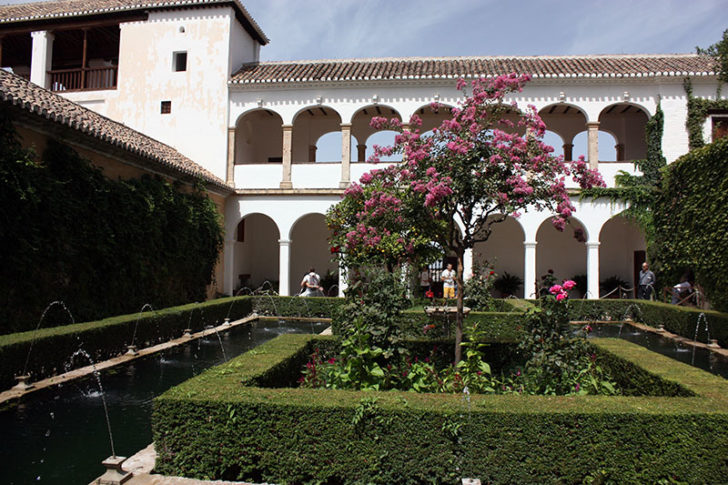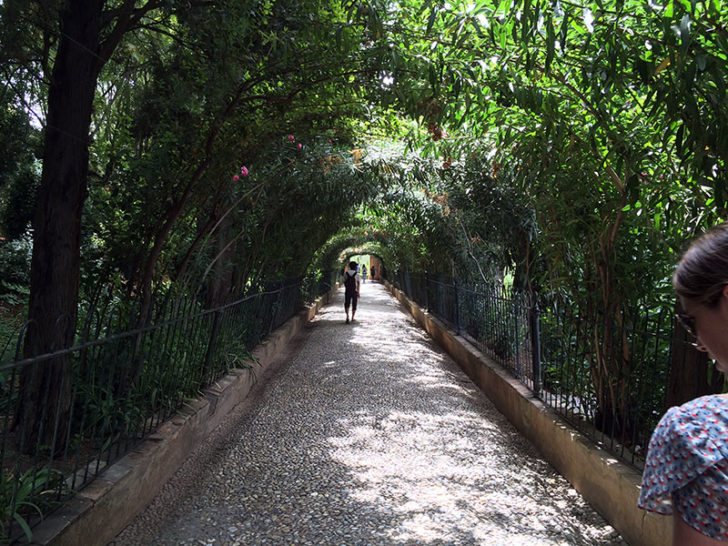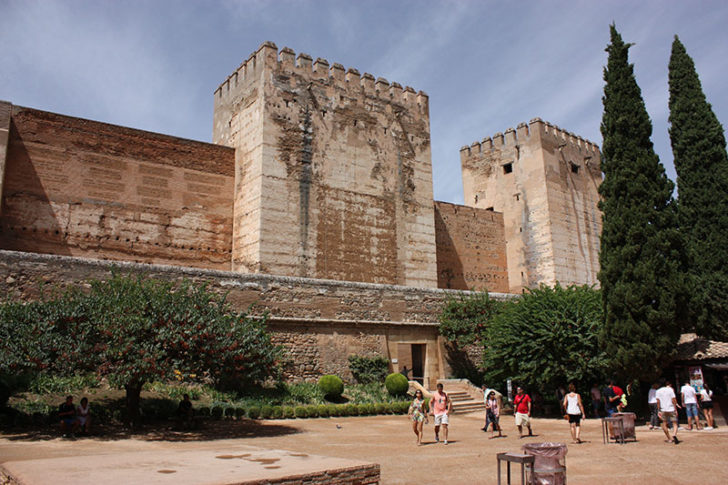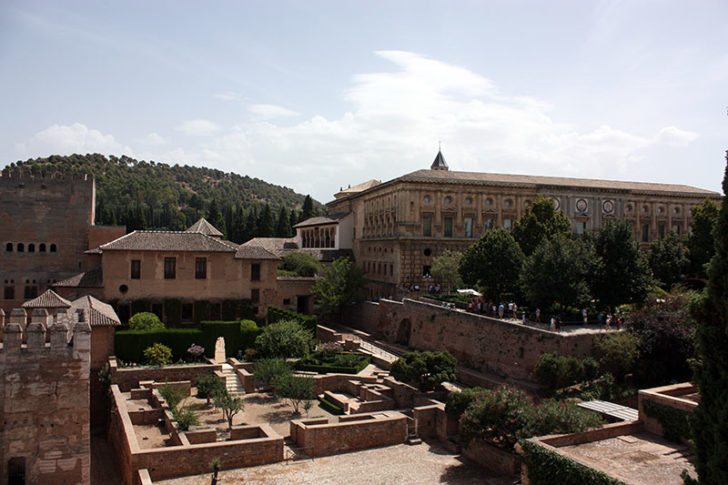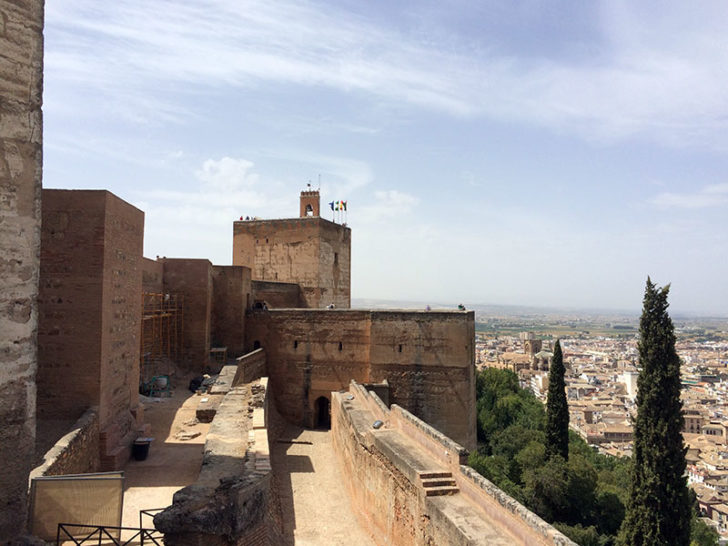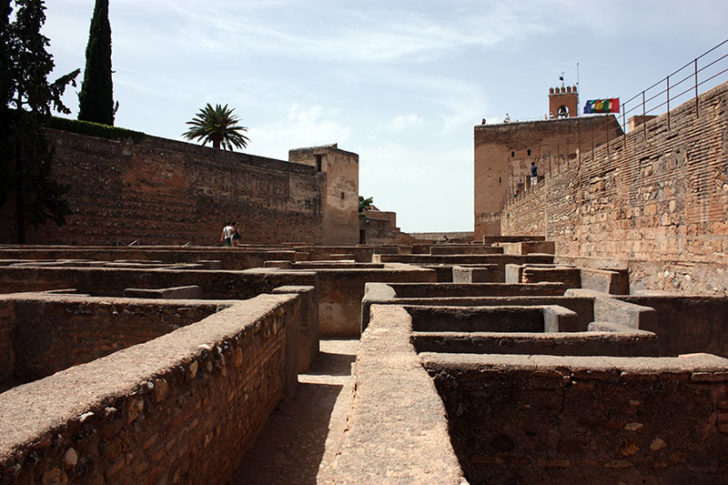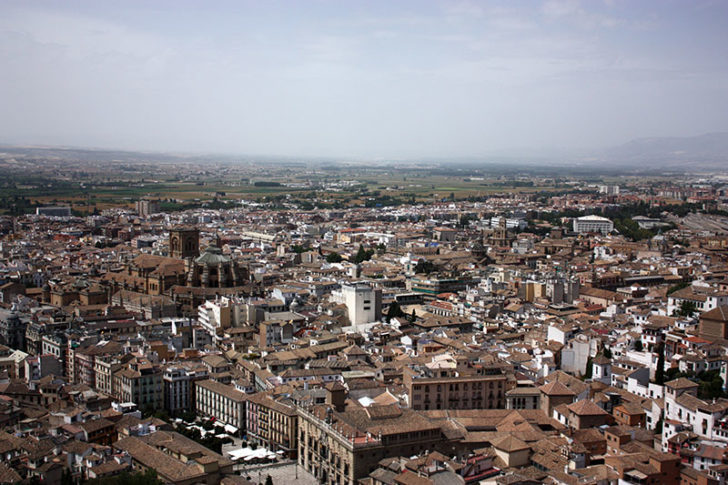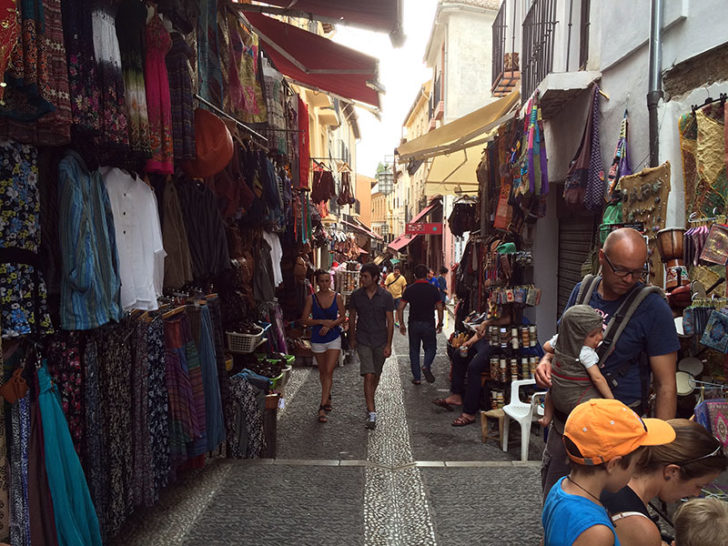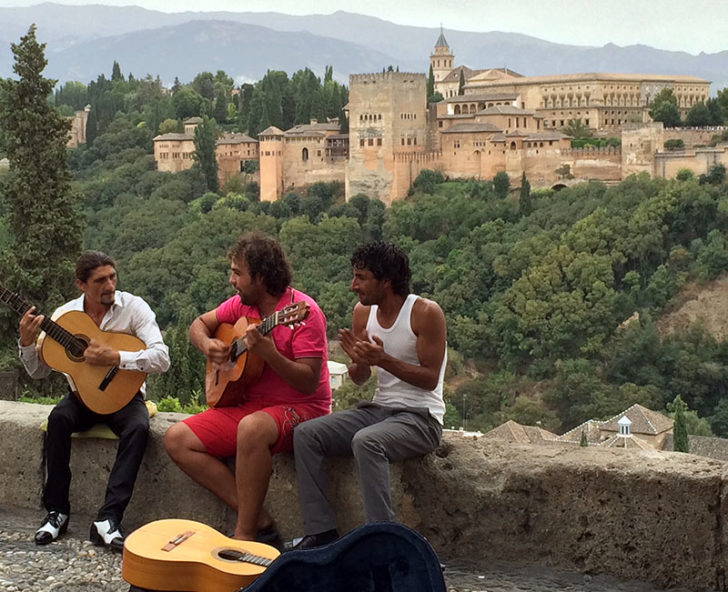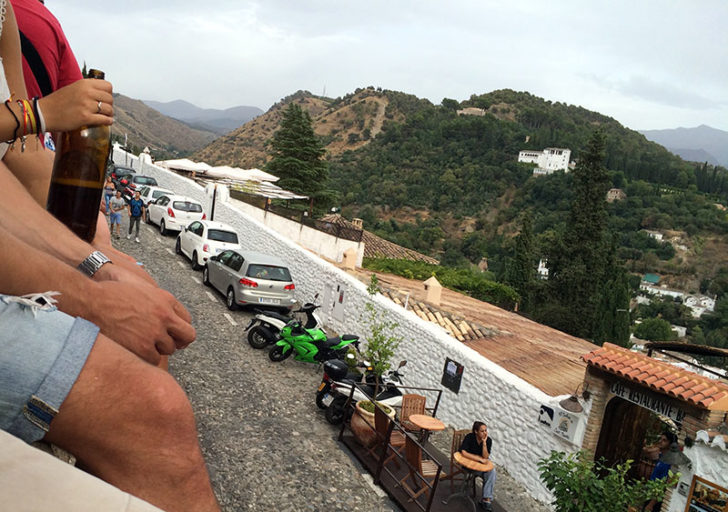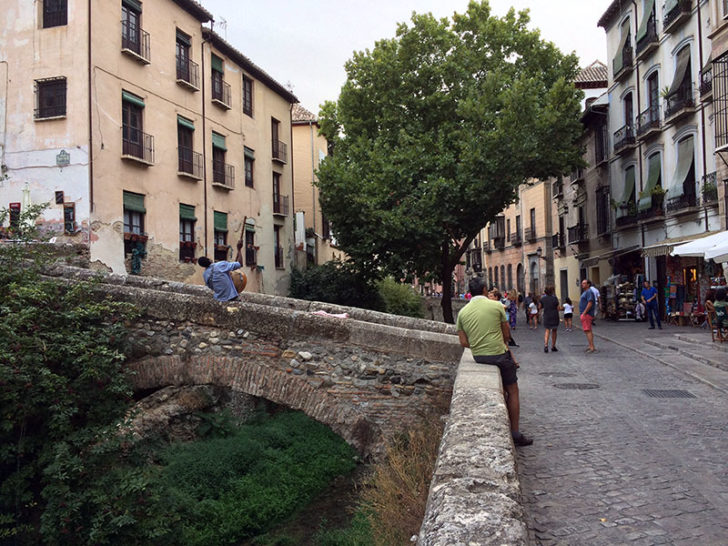Granada is a small town in Spain, but, unlike Cordoba, it is not on the way to anywhere else. I still highly recommend making the effort to visit in order to see the Alhambra. It was the one thing Megan insisted we see during our entire trip, and we took a detour by train, plane, and bus in order to add it to the itinerary. I don’t regret it.
Trip Report Index:
- Two Weeks in Spain
- Is the British Airways Travel Together Ticket a Good Deal?
- British Airways Concorde Room – New York
- British Airways First Class – JFK to LHR
- Transferring at London Heathrow
- Le Meridien Barcelona
- Places You Need to Visit in Barcelona
- Restaurants in Barcelona
- Vueling Airlines – Barcelona to Granada
- AC Palacio de Santa Paula, Granada
- Visiting the Alhambra
- Hotel Alfonso XIII Seville
- AVE Preferente Class Seville to Madrid
- Day trip to Cordoba
- Westin Palace Hotel Madrid
- British Airways Concorde Room – London
This former fortress was originally constructed in the 9th century and later rebuilt in the 13th century by Mohammed ben Al-Ahmar. Yusuf I, Sultan of Granada, made it his royal palace in the 14th century, and construction was largely completed by his successor, Muhammed V. They were part of the Nasrid Dynasty, the last Muslim dynasty to rule in Spain until 1492 when they surrendered to the Christians of Aragon and Castille. distinct.
But even though the rest of Granada is a sleepy, laid back town, you should still wake up early to get tickets to the Alhambra. We at breakfast at a cafe near our hotel and then walked three or four blocks to find a narrow street that led up into hills.
You’ll face a choice shortly after crossing through this arch. One path to the right is clearly wrong and goes to a different attraction. The path forward is a relatively easy path that is only used by the motorized tram, shuttling visitors to and from the city. (For the record, we never took the tram or the special network of Alhambra buses set aside for tourists. The city has lots of hills and narrow streets but is otherwise so small that you don’t need them.)
We took the steeper path to the left. It led us to this attractive side entrance, silently guarded by a dozen feral cats. Apparently we were the first to disturb them all day.
We thought this was so cool, with the original doors intact and an otherwise unassuming entry to grand complex at the top of the wall. However, it turned out we were led astray. The actual entrance is on the opposite end and more easily found if you take the center path, back at the beginning. Bumbling about lost and discovery cool stuff is fun, but on the off chance you need to save some time, I’ll explain the layout of the complex.
The Alhambra is organized into three main areas: the Palacios Nazaries (Nasrid Palaces), Alcazaba, and Generalife. Each of these requires a ticket. The Nasrid Palaces and Alcazaba are at the end of the ridge and overlook the town below, and we had entered near them at the Puerta de la Justicia. However, the actual ticket booth and main entrance are at the rear, if you follow that red line. Don’t actually follow the line! Take the center path with the fountains dotted along the way.
While you can wander freely around a significant portion of the area outside the Nasrid Palaces and the Alcazaba without a ticket, as we did for about an hour, you cannot reach the ticket booth unless you go back outside. The gardens in between (represented by areas “D” and “I”) are restricted to ticket holders. The gardens represented by “E,” “F,” and “H” are also restricted but are located at a different elevation. Plan to visit them when exiting the Palacios Nazaries.
Once we got our tickets we wandered through gardens “D” and “I” on our way back to the public area. Don’t miss the baths of the Mezquita, located at “C”! These are the original bath houses and some of the best I’ve seen in Spain. A central courtyard leads to a series of rooms, each lit with successive numbers of eight-pointed stars cut into the ceilings.
We then saw the church, where you can still walk in by pushing on what (I assume) are the original wooden doors. Pictures are prohibited inside.
The Palacio de Carlos V is the largest public building and definitely worth a visit. It is a square building with a circular courtyard and two levels. Head upstairs to get a better look at the columns with their enormous stones. You’ll also find a small, complimentary museum. During our visit they had an excellent exhibit with photographs of the Nasrid Palaces, which did a far better job of capturing their beauty than I can manage here.
Tickets to the Nasrid Palaces have timed entries, and we allocated ourselves an hour to get from the ticket booth to the entrance. This was sufficient, but remember you can always come back here. Headsets are sold outside the entrance if you didn’t get one when you bought the ticket.
I recommend buying one. The most polite thing I can say is that the audio guide was thorough. But it gave us lots of material to listen to when we decided to hold back and let a large tour group get ahead of us. Most of the areas inside the palaces are narrow and not pleasant if there are crowds.
The biggest highlights of the Nasrid Palaces are the arabesques, intricately carved panels on the walls or ceilings, and the mocarabe, which are honeycomb ceilings that look like stalactites. Hundreds of individual cells were carved or cast in place in the domes and arches of the different rooms. They were then painted, although much of the color is now lost.
Whenever you’re in an old building in Spain, never forget to look up! Even some of the wooden ceilings were pretty interesting.
This courtyard was one of my favorites. When you first enter you think it’s just a reflecting pool. But the entrance is where my camera is pointed. It’s not until you walk over here, to the far side, that you see this amazing image.
And if you’re heading the Alhambra, you’re probably already familiar with this large, almost blindingly white courtyard lined with intricate arches.
Past this point the crowds started to become very dense, but we’d also seen most of the highlights and were entering more modern buildings. This green courtyard, however, was a nice place to wait out the rush.
We made our way out and back along the hillside to the Generalife. Along the way there are many gardens, particularly rose gardens, with a view off the cliff into the valley below. We then cut a sharp left into this hedge maze. Many of them are being replanted in stages because the originals were too dense and undernourished.
The Generalife is at the far end. Unlike the Nasrid Palaces, entry is not timed. However you may only enter once. At this point we were exhausted from our tour of the palaces and very, very hot. I might recommend visiting the Generalife first, but remember you’ll have to head in this direction anyway when you exit the palaces.
I enjoyed my time here very much. The architecture wasn’t nearly as elaborate, but it was peaceful, but you can find better architecture resources in sites like Archute online.
Finally, we headed back toward the palaces to see the adjacent Alcazaba. This was the original fort built at the Alcazar. By the time you reach the top it’s easy to see its strategic potential. But if you want to stop, the kiosk out front has beer, sandwiches, and a good granita.
Looking back at the Nasrid Palaces (left) and the Palace of Carlos V (right).
There isn’t much left of the old fort except the walls and the foundations of the interior buildings. We walked around the perimeter, through the middle, and then up to the top of the tower for a view.
You definitely can’t visit Granada without spending time at the Alhambra. It doesn’t require all day — I’d say we were there for a total of five hours at a leisurely pace — but I also don’t recommend trying to make it a day trip. Seville is a three-hour drive each way. Rushing yourself is definitely not the point of a small town like Granada.
We walked down the hill, showered off at the hotel, and then spent the rest of our afternoon strolling around. Head up the narrow streets to the Mirador San Nicolas.
The plaza next to this church had a band playing, dancing kids, and dozens of people dangling their legs off the edge. If you didn’t bring your own beer, several bars offer a view of the Alhambra while you enjoy a cocktail.
Head back down a different route to reach the river, and you’ll be back in the middle of town in no time at all. Again, more music, more strolling, and no reason to hurry. I’m glad we took the time to spend a couple of nights here. Long vacations can be surprisingly exhausting, and sometimes that means scheduling a break in the middle.

